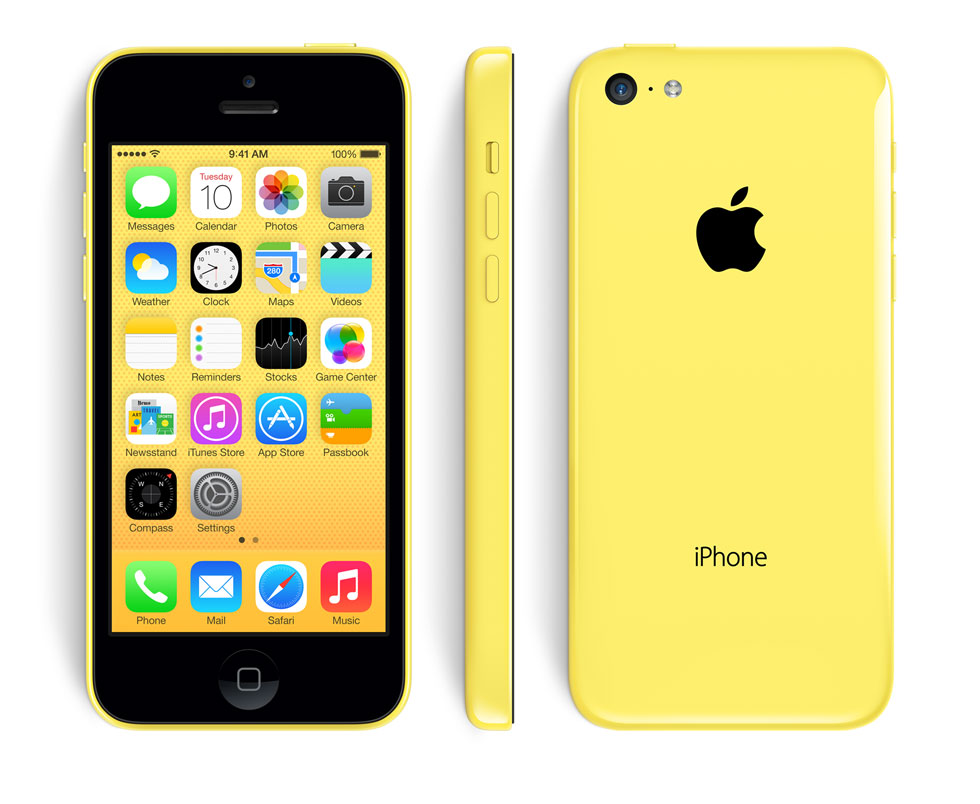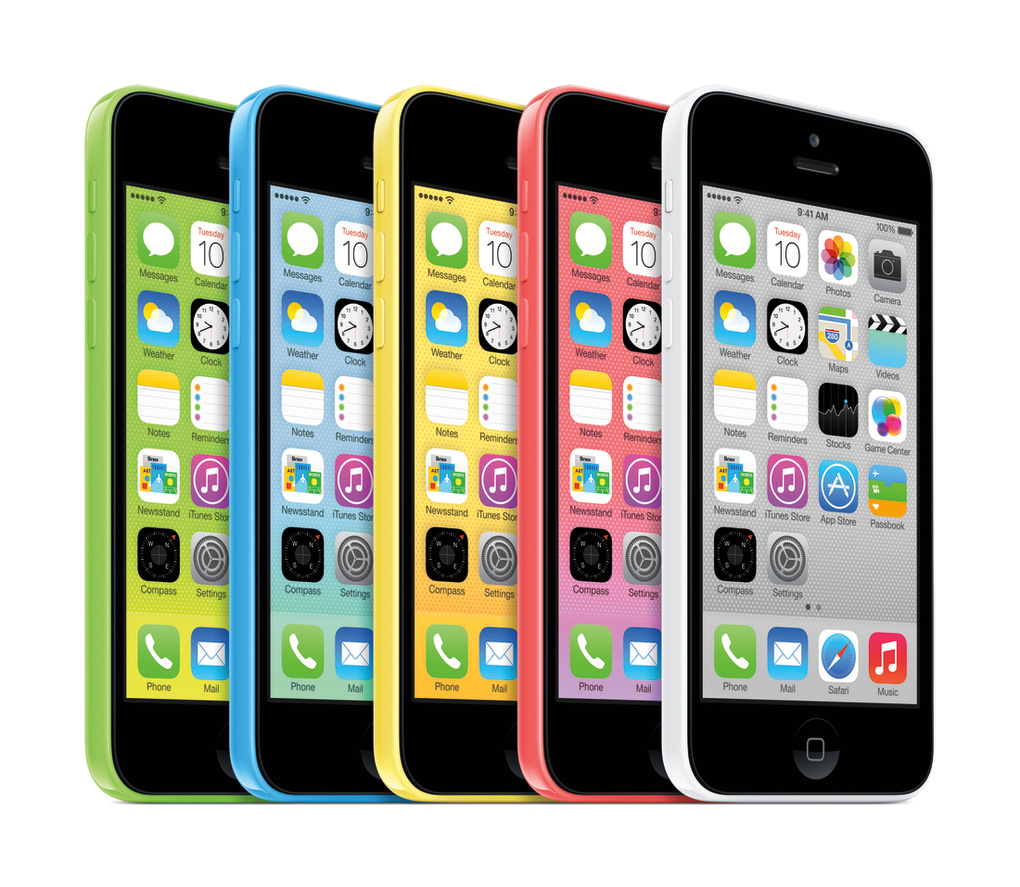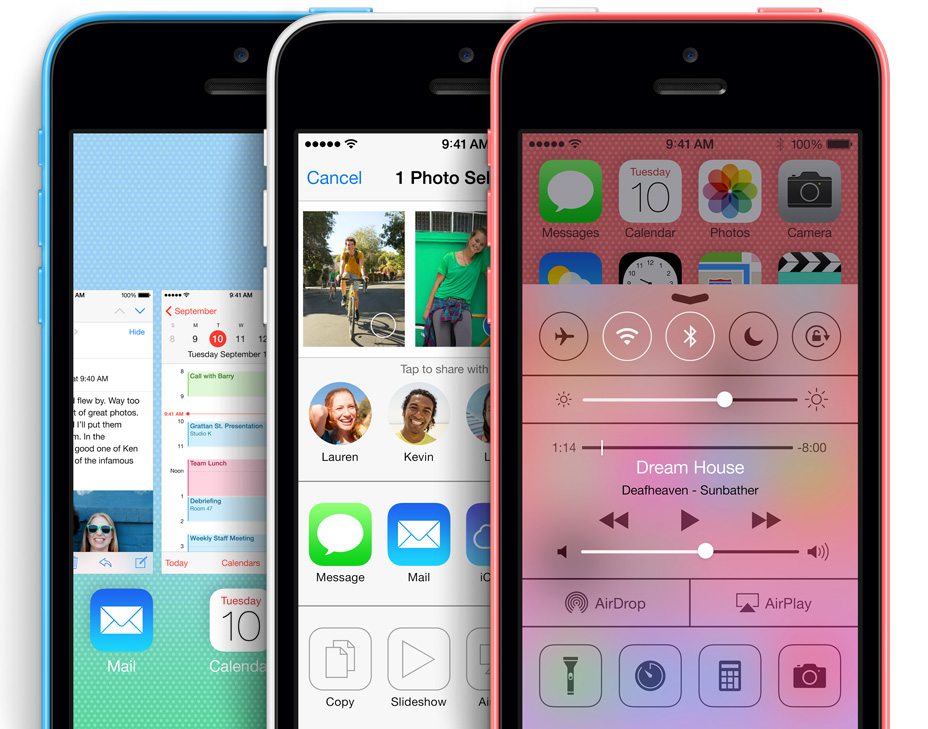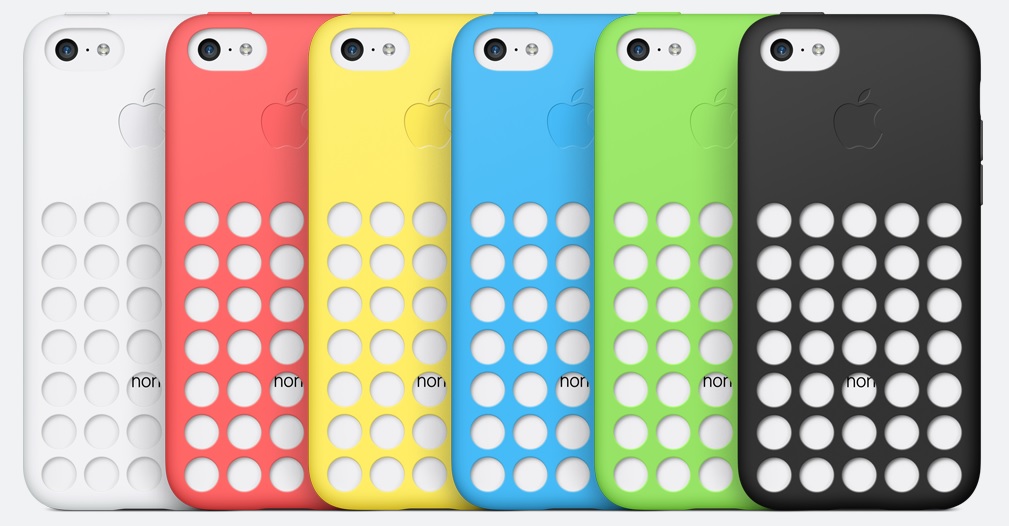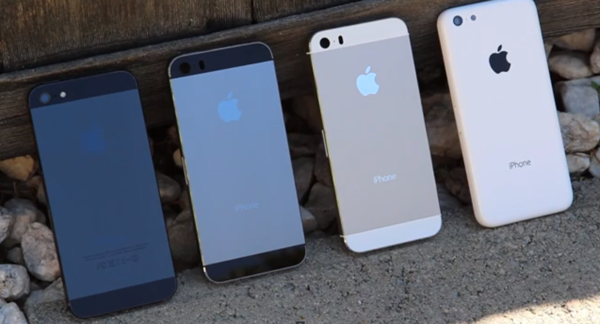In the aftermath of Apple’s two iPhone announcements, things weren’t very rosy for the American company. Its share prices plummeted about 5% after the launch event, other companies took to Twitter to poke fun at them, and many consumers couldn’t care less about the significance of the iPhone 5s being the first 64-bit smartphone in the world. For many, the Android specs race have left Apple totally in the dust.
Let’s not also forget the spectacular amount of criticism for the other new iPhone, the iPhone 5c. Consumers and analysts alike have been anticipating a significantly cheaper iPhone, but that didn’t happen in the end, causing quite an uproar that continues today – and that means only one thing: deep inside, everyone secretly wants an iPhone.
Article continues after the jump.
The iPhone The World Wants, but Not One Apple Needs
For months, rumours were rife that Apple are actively working on an iPhone variant featuring a plastic back cover. This led many to speculate that Apple’s next iPhone would finally be a mid-range variant and stem the blue Android tide that is Samsung. The rumour gained plenty of momentum, mainly due to the frequency of the leaks making their way online and, I suspect, also because of the fact that finally, here is one iPhone that we can all afford to buy.
The Apple brand has always been synonymous with the word “premium”, and the company’s products are often priced beyond the purchasing power of many. It always helps, too, when they’re exceptionally crafted and elicit feelings of desire and the need to buy them for no practical reason (MacBook with Boot Camp, anyone?). Pop stars, celebrities, even professional footballers are often seen with an iPhone or a MacBook Air, further elevating the prestige of being the owner of an Apple product. No other electronics brand has this kind of pull.
So why would they risk losing this proud identity over a cheap iPhone?
Sure, it would help the company gain market share over the next six months to a year, but what happens when analysts then begin releasing reports that conclude Apple should introduce even lower priced iPhones to further increase their market share? Do they then bow down again and introduce ever-cheaper iPhones?
Of course not. That’s why the iPhone 5c isn’t the mid-range smartphone everyone wished for.
All in a Day’s Work
From a business standpoint, the iPhone 5c makes perfect sense. Given that the new iPhone 5s looks pretty much the same as last year’s iPhone 5, the company cannot possibly sell two identical-looking products when one is newer and better than the other. The iPhone 5 had to be discontinued, but that means leaving a gaping hole in the company’s smartphone portfolio.
What better way to fill it than to introduce a very slightly upgraded iPhone 5…with coloured back covers? The consumers have been clamouring for them since Nokia made colourful smartphones cool, and using polycarbonate shells instead of aluminium reduces production costs (which then increases profit margins, thus pleasing investors). It’s a win-win situation in every possible way for all parties involved. Except, of course, for the consumers who had been eagerly waiting for a mid-range iPhone.
Apple’s release of the iPhone 5c is pretty cunning, too. As Time Tech’s Jared Newman opined, by only marginally improving on the iPhone 5 with the iPhone 5c, the more-expensive iPhone 5s becomes a lot more desirable to own. Contrast the premium aluminium feel with glossy polycarbonate; the 64-bit chip of the future against a one-year-old chipset, and it’s easy to see what Newman was pointing out. Current iPhone users – especially those with the 4 or 4S – will see no reason to upgrade to a phone that is essentially a year old. After all, the iPhone 5s will retail for the same $649 the iPhone 5 was going for last year – there is no added premium to pay for.
That’s not all, of course. The iPhone 5c also further expands a crucial target market for Apple: teenagers and young adults. Previously, parents buying their children their first smartphone find it difficult to justify the purchase of an iPhone, mainly because of its price and doubts over its durability. After all, these devices will be accidentally dropped at some point of their ownership. A polycarbonate-encased iPhone is not only durable, the vibrant colours also make them cool. And, the off-contract price of the iPhone 5c is also $100 cheaper. Suddenly, parents have a new alternative iPhone for their children which ticks all items in their checklist (price, durability, current-gen) instead of the older iPhones from the company.
Still Distinctly Apple
http://www.youtube.com/watch?v=utUPth77L_o
Yet the iPhone 5c remains a very Apple product. It is still a top-tier device, despite the introduction of a polycarbonate shell. iOS has always been an efficient platform which does not require the same amount of processing power as Android does, and it is very likely that iOS 7 will be the same. Thus, the iPhone 5c (and 5s, for that matter) cannot be compared with Android superphones by their specs alone. A comparison spreadsheet between the iPhone 5s or 5c against the Samsung Galaxy S4 or HTC One is redundant and tells almost nothing. A spreadsheet cannot quantify the user experience, for example, nor can it quantify the devices’ aesthetics and how they feel on your hands. At times like these, cold hard stats simply isn’t enough.
Sure, the new iPhones still lack connectivity options such as NFC, but that’s Apple for you. They’ve been resistant to change for years, refusing to absorb critical consumer feedback for the iPhone (larger screen sizes, for example). That’s the primary factor behind their gradual decline in market share, not because their products are too expensive.

Since the introduction of iOS 7, however, there has been a very clear indication that Apple has finally begun to build their products with feedback from consumers firmly in mind. The iPhone 5c is Apple’s solution to those who found iPhones too boring or even too fragile. It is perhaps not the best compromise, but it’s an encouraging start.
For the first time, too, Apple has two new iPhones in the market at the same time. And with that, there is greater flexibility in how the company can market its products. The iPhone 5c lowers the barrier for new users with its lower price point and “fun” factor, while the company’s premium status is cemented with the iPhone 5s and its futuristic fingerprint sensor and 64-bit processor.
I spoke to quite a number of people in the hours after the iPhone announcement for their opinions on the iPhone 5c. Fellow tech journalists were harsh in their criticism over the “plastic iPhone 5” for being overpriced and offering nothing new to the table. On the other hand, a lifestyle writer’s response was the complete opposite and mirrors that of other non-tech journalists I spoke to:
“Oh, they come in colours now? Finally! I want the yellow one!”
And that’s why the iPhone 5c will still sell well, even if it isn’t the cheap iPhone everyone wished for. We tech enthusiasts are trapped in a land of gigahertz and bytes, where the number of cores are paramount. But to many, they simply do not matter. A fun iPhone – the 5c – can be an unprecedented success even if it was conceived to make the 5s look better than it is.
Because at the end of the day, every one of us would like to own an iPhone.
Follow us on Instagram, Facebook, Twitter or Telegram for more updates and breaking news.


